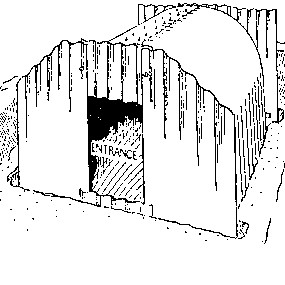There are three unusual and fascinating structures near what was once RAF Hornchurch. The first two were probably built by RAF personnel to protect officers and their families who lived in big houses near the aerodrome.
The first is a very well maintained brick shelter buried in a garden some distance from the house, and so unlikely to be damaged if the house collapsed.

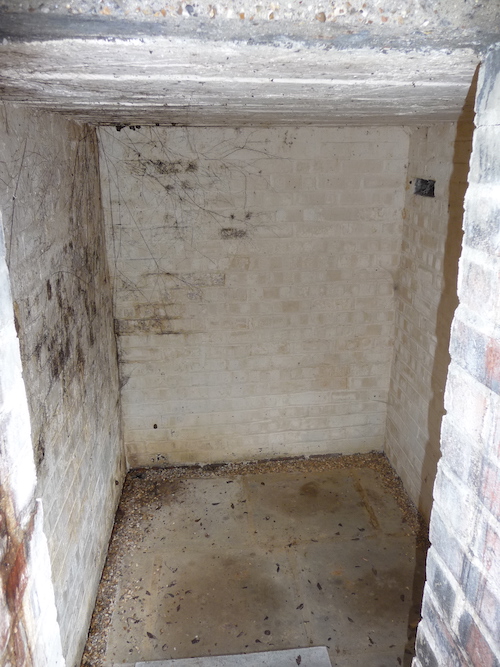
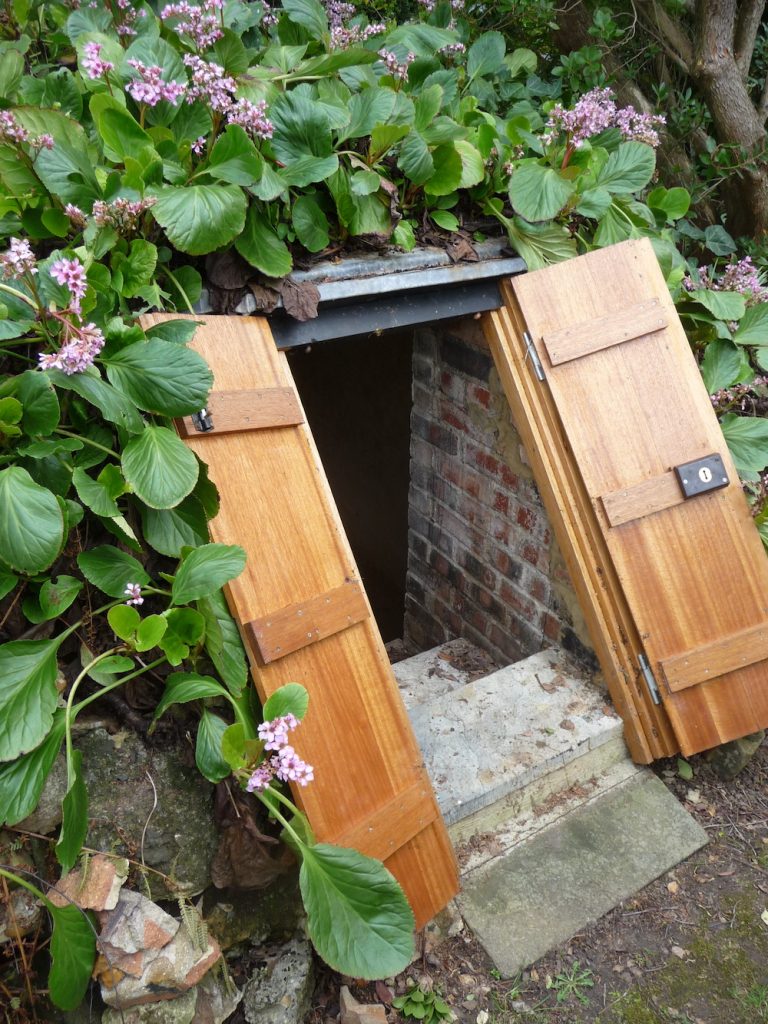
The second is a larger brick built shelter also some distance from the main house. It was entered via a separate doorway and steps to one side of the shelter, so further reducing the danger from a nearby bomb blast.. The roof of the main part of the shelter has partly collapsed.
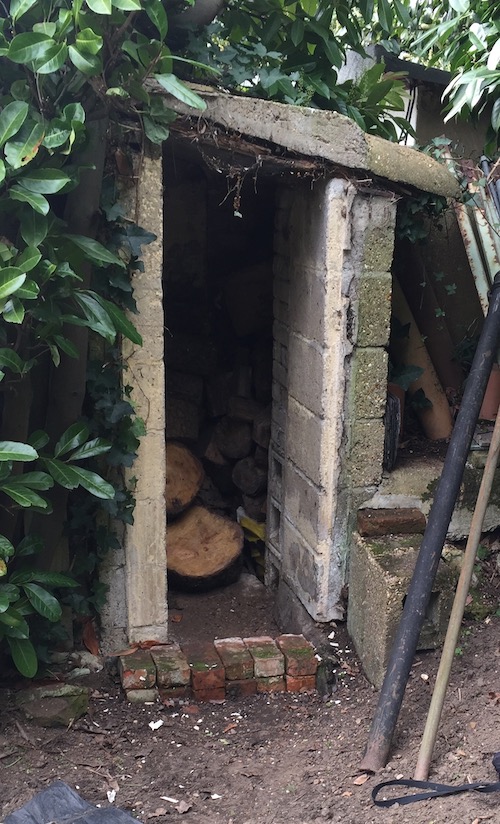

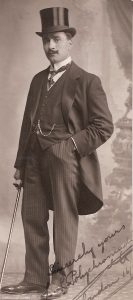
Last, and certainly not least, here is a unique bomb-proof building constructed a couple of years before the war began. The owner was a senior naval architect called Lazarus Serafim Polychroniadis who left Athens to make a career in England at the end of the 1800s.
The bomb shelter was built purely for the family as Lazarus worked mainly in the US, building the Liberty ships and he wanted to protect his family who were in much more danger from German air raids. Allegedly being designed to withstand a direct hit, the bomb shelter was built to his specifications. Many a neighbour also used the shelter.
The 5 metre square building has extremely thick concrete walls and was provided with its own heating, ventilation and flushing lavatories. . The only external ‘window’ was a pressure-defying re-purposed submarine hatch. And the only external door was made of strongly reinforced steel, whilst its hinges, too, were made of very thick steel.


It was pretty clear that Lazarus didn’t do things by half Amongst other things, he built a model railway engine and carriages that circumnavigated the garden.
Lazarus also had a remarkable family. His daughter Dorothea was a Wren (a member of the Women’s Royal Naval Service) who worked for Winston Churchill in the War Rooms during the Second World War. She subsequently worked in SHAEF (Supreme Headquarters Allied Expeditionary Force) in Portsmouth under General (and later President) Eisenhower. After the war she worked in the British Embassy in in the United States where she stayed and became a US citizen.
Her brother Peter joined the Royal Navy and switched to the Royal Marine Commandos landing on D Day.
Her sister Olga volunteered for the British Red Cross in 1938 after the Munich Crisis, and then worked as a nurse until the end of the war.
Eugenia stayed living in Hornchurch to look after her father’s business interests in London. His London office was bombed, although the safe was allegedly found intact!
